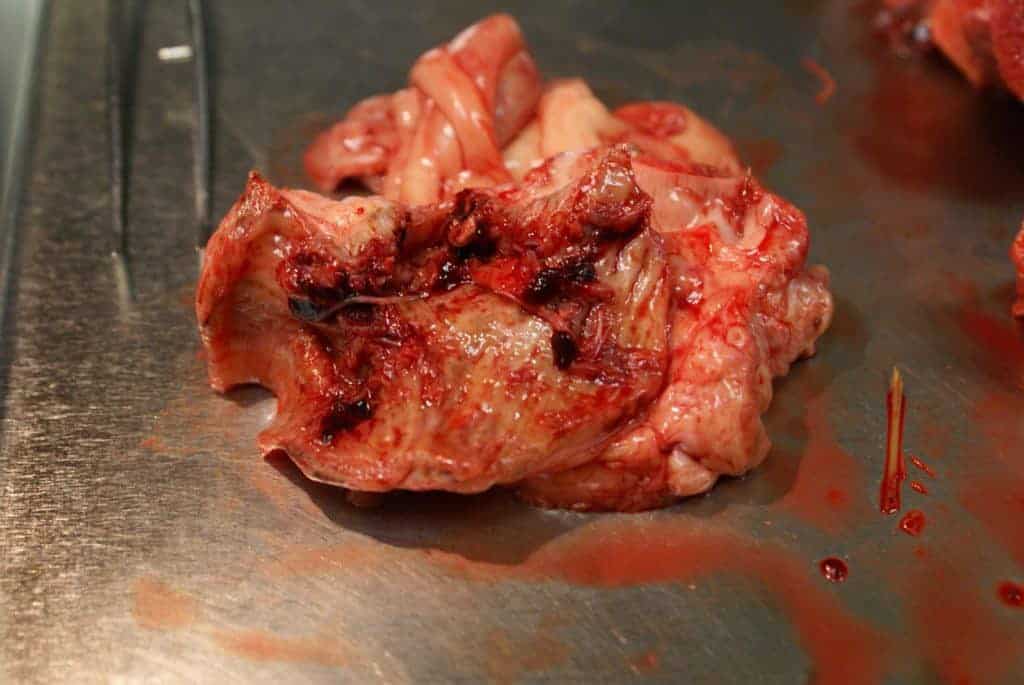Bogers Receives $15,000 Elaine Klein Development Award
Dr. Sophie H. Bogers’ research focuses on using stem cells to treat osteoarthritis in horses.
Dr. Sophie H. Bogers’ research focuses on using stem cells to treat osteoarthritis in horses.

Using a new test, researchers determined that bloodworms are associated with nonstrangulating intestinal infarctions.

Don’t rely on hearsay when it comes to caring for your horses’ hooves.

Researchers examined the loading rates on a hoof of a galloping horse wearing different aluminum racing shoes.

Using proper diagnostic technique and good quality radiographs is critical when diagnosing these fractures in foals.

Review the options vets have for looking inside horses’ bodies to see what’s causing a limp, swelling, or pain.

Nasopharyngeal catheter administration results in good cover of the larynx, nasopharynx, and soft palate.

The study’s results will serve as a basis for education and research related to equine health and management, and more.

Good health and soundness in 4- to 5-year-olds goes a long way in keeping horses performing long-term, researchers said.

Learn about the challenges associated with interpreting perineural nerve blocks used to help diagnose lameness.

SI disease in performance horses has many clinical signs and causes, making diagnosis challenging for veterinarians. Here’s a checklist to help.

Study findings included that colts were at a higher risk than fillies for developing disease, and foals weaned after August were at lower risk for developing EPE than those weaned earlier.

“Navicular” has ended the careers of many great horses, and the word alone can strike fear into any horse owner. Learn more about the condition and get your questions answered during our live event.

Researchers determined that the overall incidence of infection was 9.2 per 10,000 injections.

Researchers are studying and using everything from MSCs to PRP and ACS to BMPs. Here are the basics you should know.
Silicate-associated osteoporosis, or SAO, affects horses’ lungs and bones.
Stay on top of the most recent Horse Health news with
"*" indicates required fields